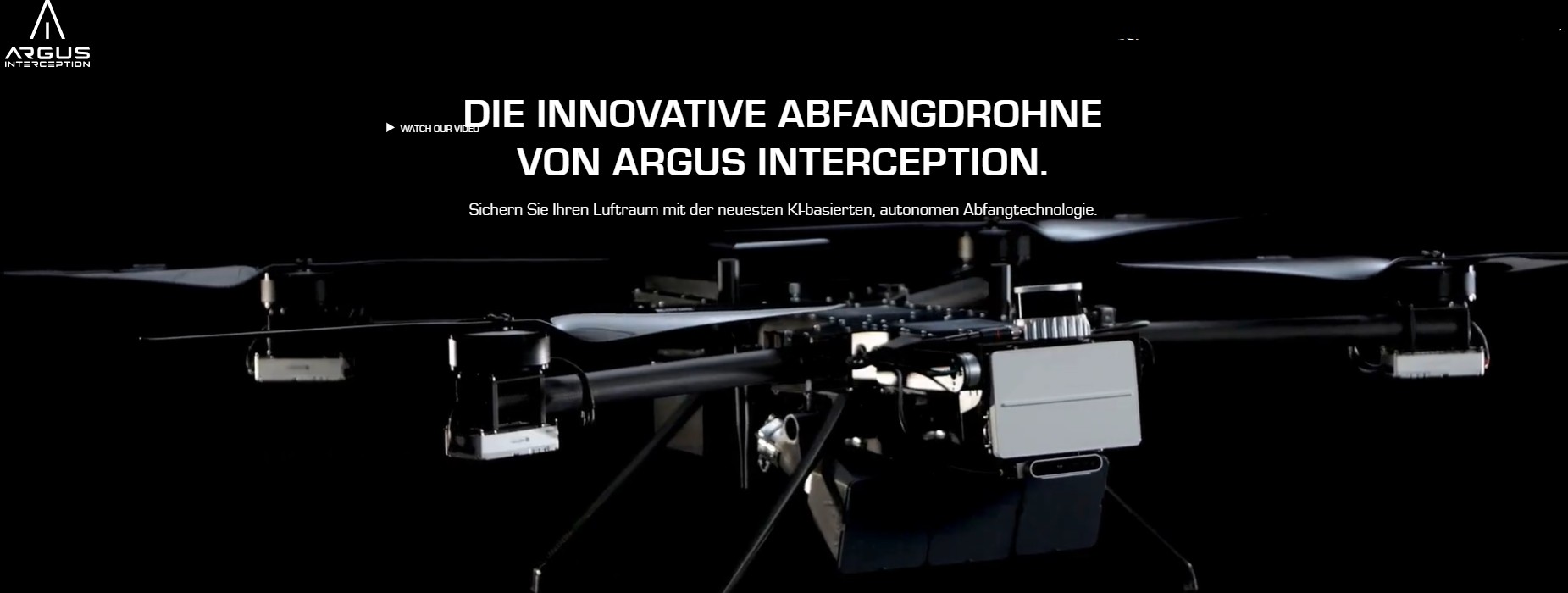JUMP 20-X VTOL Drone – Cool Shipboard UAS Operations

At IDEX 2025, one of the world's premier defense expos, theunveiling of the JUMP 20-X VTOL drone marked a pivotal moment in maritime droneoperations. Developed to serve the evolving needs of naval forces, coastguards, and maritime security contractors, this next-generation verticaltakeoff and landing uncrewed aircraft system (VTOL UAS) offers a blend ofendurance, mobility, and payload flexibility rarely seen in its class. Backedby years of R&D and real-world feedback from shipboard operations, the JUMP20-X is designed to withstand the rigors of maritime environments whiledelivering unmatched operational efficiency.
The JUMP 20-X is a medium VTOL UAS with a payload capacityof approximately 30 kilograms and an endurance exceeding 14 hours. It operateson a heavy-fuel engine paired with a quad-rotor VTOL system, has a takeoffweight of around 95 kilograms, and is capable of launch and recovery fromships, confined spaces, or unprepared terrain. The system supports modularpayloads including electro-optical/infrared sensors, communications relays,radar systems, and electronic warfare modules.
VTOL drones have a significant edge in shipboard operationsbecause they do not require catapults or runways, allowing deployment fromfrigates, destroyers, offshore patrol vessels, amphibious ships, and evensmaller commercial or civilian boats. By combining fixed-wing endurance withvertical takeoff capabilities, the JUMP 20-X enables missions in austere,high-mobility environments without compromising flight time.
A key innovation in the JUMP 20-X is the integration of aheavy-fuel engine capable of running on JP-8 or Jet-A, aligning it with NATOsupply chains. This compatibility simplifies fueling logistics alongside mannedaircraft, enhances safety compared to gasoline, and offers extended range andimproved power density. These benefits make the JUMP 20-X especially appealingto military procurement offices and allied forces looking to standardize oncommon fuel types.
The JUMP 20-X is suited for a wide range of maritime andcoastal ISR (Intelligence, Surveillance, and Reconnaissance) roles, includinganti-piracy patrols, drug interdiction and smuggling detection, search andrescue support, environmental monitoring, surface target acquisition andtracking, and electronic warfare. Operators can reconfigure the platform formission-specific needs by integrating different payloads without redesign.
The drone was unveiled in Abu Dhabi with live demosshowcasing its ability to take off from a naval deck simulator. Militaryrepresentatives from over 30 nations observed its autonomous launch, cruise,and landing cycle. Defense analysts noted that the JUMP 20-X could replacemultiple older UAS systems in a single package, offering both the flexibilityof rotary-wing platforms and the long-range surveillance of fixed-wingaircraft.
Industry insiders project that the JUMP 20-X will feature inmultiple NATO tenders in late 2025. Potential buyers include the U.S. Navy andMarine Corps for littoral operations, the UK Royal Navy for its Type 31 and 26ship classes, the Indian Coast Guard and Navy, Gulf State maritime patrolforces, and Southeast Asian navies conducting surveillance in the South ChinaSea. While pricing has not been publicly disclosed, estimates range from$600,000 to $1 million per unit depending on configuration.
The JUMP 20-X enters a competitive but fragmented field. Itsprimary rivals include AeroVironment’s Puma LE, which offers excellent ISRcapabilities but lacks VTOL functionality; the Schiebel Camcopter S-100, whichis rotary-only with less endurance; and the Insitu ScanEagle, which requires acatapult launch. The hybrid VTOL-plus-heavy-fuel combination of the JUMP 20-Xprovides a unique value proposition that includes portability, long endurance,fuel compatibility, and modularity.
Although the JUMP 20-X manufacturer is currently privatelyheld, several public defense contractors are collaborating on components andsoftware. RTX (Raytheon) is involved in navigation and targeting systems, BAESystems supports ground control stations and data links, and Safran and HirthEngines are believed to be contributing to propulsion support. Investors maysee indirect exposure through defense sector ETFs like ITA (iShares U.S.Aerospace & Defense) and XAR (SPDR S&P Aerospace & Defense),especially as defense budgets increasingly allocate funds to maritime dronesystems.
The growing demand for shipboard drone capability alignswith broader geopolitical trends, including China’s expanding maritimepresence, vulnerabilities in Red Sea shipping routes, and the emergence ofArctic navigation opportunities. While drones in defense rarely receiveattention from an ESG (Environmental, Social, and Governance) perspective,platforms like the JUMP 20-X contribute to operational sustainability. Byreducing the number of manned patrol flights, the system saves fuel, minimizesrisk to personnel, and reduces wear on aging aircraft. Its efficiency leads tolower emissions per hour of ISR, supporting sustainability goals in militaryoperations.
Despite its impressive specifications, the JUMP 20-X faceschallenges, such as mitigating saltwater corrosion, maintaining VTOLperformance in high-wind maritime conditions, and enhancing AI autonomy fortarget recognition in cluttered marine environments. However, its developmentroadmap includes software updates and modular component upgrades, offeringbuyers long-term system evolution and investment protection.
With the JUMP 20-X, maritime forces have a new tool thatadapts to the complex, unpredictable nature of modern naval missions. It offersthe portability of a quadcopter, the range of a fixed-wing aircraft, and thefuel compatibility needed for global logistics. In a world increasingly shapedby sea-based threats and opportunities, the JUMP 20-X could become the flagshipof a new naval drone doctrine—autonomous, adaptable, and always on station.


.jpg)


